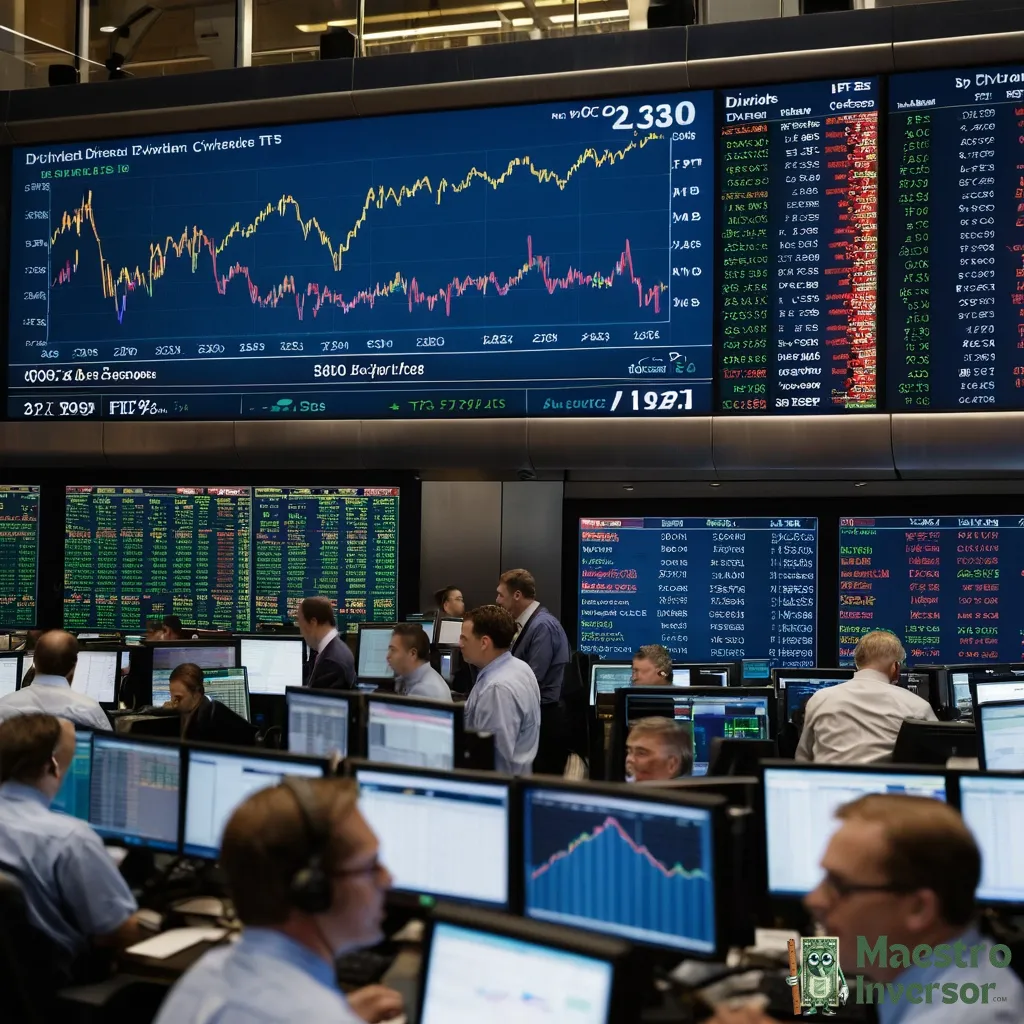
Investing in dividend-paying stocks can be a great way to generate passive income and build long-term wealth. With so many dividend-focused exchange-traded funds (ETFs) available, it can be challenging to determine which one is the best fit for your investment portfolio. Dividend ETFs offer a diversified portfolio of dividend-paying stocks, making it easier to invest in a broad range of companies with a single investment. In this article, we will explore the world of dividend ETFs, highlighting their benefits, and discussing some of the top-performing dividend ETFs in the market.
Benefits of Dividend ETFs
Dividend ETFs offer several benefits to investors, including diversification, convenience, and cost-effectiveness. By investing in a dividend ETF, you can gain exposure to a broad range of dividend-paying stocks, reducing your risk and increasing your potential for long-term returns. Additionally, dividend ETFs often have lower fees compared to actively managed dividend-focused mutual funds, making them a more cost-effective option for investors. Some of the key benefits of dividend ETFs include:
- Diversification: Dividend ETFs offer a diversified portfolio of dividend-paying stocks, reducing your risk and increasing your potential for long-term returns.
- Convenience: Dividend ETFs provide a simple and convenient way to invest in a broad range of dividend-paying stocks with a single investment.
- Cost-effectiveness: Dividend ETFs often have lower fees compared to actively managed dividend-focused mutual funds, making them a more cost-effective option for investors.
- Flexibility: Dividend ETFs can be traded throughout the day, allowing you to quickly respond to changes in the market.
- Transparency: Dividend ETFs disclose their holdings daily, providing you with a clear understanding of the stocks in your portfolio.
Top-Performing Dividend ETFs
There are many top-performing dividend ETFs in the market, each with its own unique characteristics and investment objectives. Some of the most popular dividend ETFs include:
- Vanguard Dividend Appreciation ETF (VIG): This ETF tracks the performance of the Nasdaq U.S. Dividend Achievers Index, which invests in dividend-paying stocks with a history of increasing their dividend payouts.
- iShares Core S&P U.S. Dividend Aristocrats ETF (NOBL): This ETF tracks the performance of the S&P 500 Dividend Aristocrats Index, which invests in S&P 500 stocks that have increased their dividend payouts for at least 25 consecutive years.
- SPDR S&P 500 Dividend ETF (SDY): This ETF tracks the performance of the S&P 500 Dividend Aristocrats Index, which invests in S&P 500 stocks that have increased their dividend payouts for at least 25 consecutive years.
- Invesco PowerShares High Yield Equity Dividend Achievers ETF (PEY): This ETF tracks the performance of the Nasdaq U.S. Dividend Achievers 50 Index, which invests in the 50 highest-dividend-yielding stocks in the Nasdaq U.S. Broad Dividend Achievers Index.
- First Trust Morningstar Dividend Leaders Index Fund (FDL): This ETF tracks the performance of the Morningstar Dividend Leaders Index, which invests in U.S. stocks with a history of consistently paying dividends.
Factors to Consider When Selecting a Dividend ETF
When selecting a dividend ETF, there are several factors to consider, including the ETF’s investment objectives, dividend yield, management fees, and trading costs. It’s also important to consider the ETF’s underlying index, as well as its methodology for selecting and weighting stocks. Some of the key factors to consider include:
- Investment objectives: Consider the ETF’s investment objectives and whether they align with your own investment goals.
- Dividend yield: Consider the ETF’s dividend yield and whether it meets your income requirements.
- Management fees: Consider the ETF’s management fees and whether they are competitive with other dividend ETFs.
- Trading costs: Consider the ETF’s trading costs, including commissions and other fees associated with buying and selling the ETF.
- Underlying index: Consider the ETF’s underlying index and whether it is a reputable and widely followed index.
- Methodology: Consider the ETF’s methodology for selecting and weighting stocks, as well as its approach to dividend investing.
Conclusion
In conclusion, dividend ETFs offer a convenient and cost-effective way to invest in a broad range of dividend-paying stocks. With so many top-performing dividend ETFs in the market, it’s essential to consider your investment objectives, dividend yield requirements, and management fees when selecting a dividend ETF. By doing your research and considering the factors discussed in this article, you can find a dividend ETF that meets your needs and helps you achieve your long-term investment goals. Whether you’re a seasoned investor or just starting out, dividend ETFs can be a great way to generate passive income and build long-term wealth.
It’s also important to remember that past performance is not a guarantee of future results, and it’s essential to regularly review and adjust your investment portfolio to ensure it remains aligned with your investment objectives. With the right dividend ETF and a long-term perspective, you can create a diversified and income-generating portfolio that helps you achieve your financial goals.

